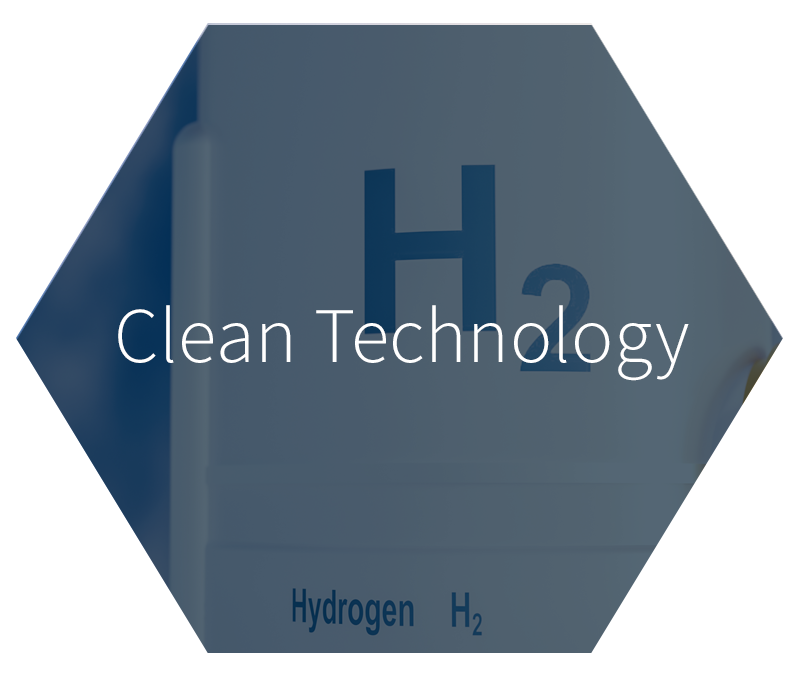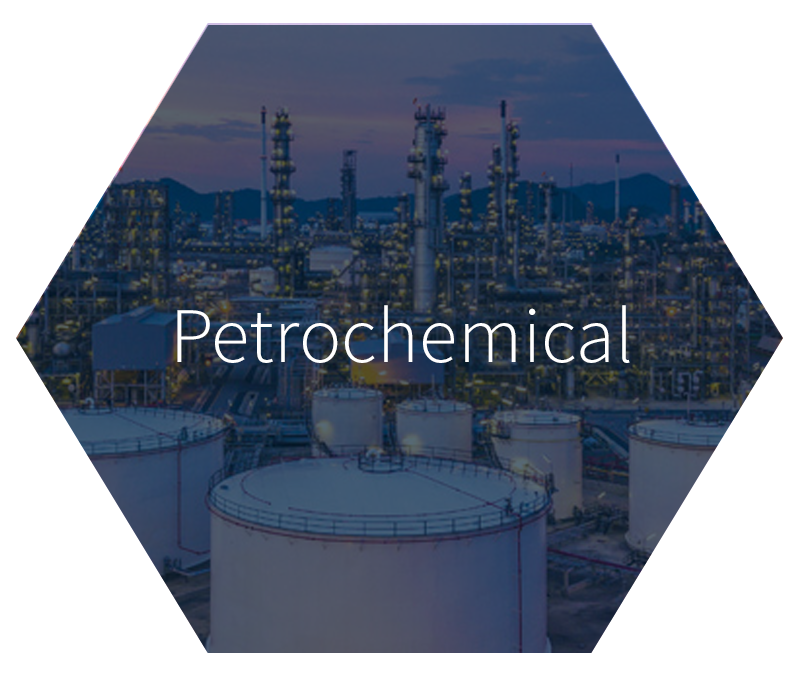Decoding Alonizing™, Aluminizing, and Calorizing: A Technical Overview by Diffusion Alloys
We are regularly asked by customers about the difference between Alonizing™, aluminising and calorising.
This brief technical summary of aluminium diffusion coatings will, we hope, aid our customers' understanding of the Diffusion Alloys aluminising process.
The diffusion of aluminium into the surface of materials to increase the corrosion resistance of steels and other alloys has been carried out since the first patent by Tyco Van Aller in 1911. Over the last hundred years many methods have been commercially developed with various names but most are usually based on chemical vapour deposition (CVD) techniques. By far the most commonly used process for large scale aluminizing is the pack cementation process which is a modified CVD technique.
Aluminising and calorising are both pack cementation diffusion processes that produce an aluminide alloy on the surface of the base material. In the 1980s, a process known as Alonizing™ was introduced by a former competitor as a trade mark for their pack cementation aluminising process. The Alonizing™ process was and is no different to any other aluminizing method, including our own, but the name has come to be used as a synonym for aluminizing in some areas of industry.
Diffusion Alloys Limited (DAL) has been aluminising a vast range of components and materials by pack cementation for over 50 years using our own proprietary powder mixtures. Over that time DAL has been at the forefront of development and have licensed many of their techniques. DAL has worked on collaborative projects with many process industry leaders to provide a solution to their corrosion problems and been involved with technical institution research programmes, most recently with the TNO metal dusting project.
In our pack aluminising process, the diffusion layer formed is a mixture of iron and or nickel aluminides, dependent on the substrate material, with an aluminium content of between 30 and 45 wt. % at the surface. The percentage of aluminium gradually decreases through the diffusion zone to that of the substrate material.
These aluminide alloys are used to increase the processed material's resistance to:
- Metal dusting
- Carburisation
- Oxidation
- Sulfidation
In any aluminising process, components are placed in a steel retort surrounded by a powder mixture containing aluminium, a halide and an inert diluent. The retort is then sealed, placed into a furnace and heated to an elevated temperature, held at temperature and then slowly cooled back to room temperature. After cooling the components are removed from the retorts and cleaned to remove any compound or residues.
Quality control is monitored by destructive analysis of test coupons of the same material which are placed in the retort with the production parts.
The advantages of the pack cementation process include:
- Excellent adhesion, as the process does not produce a coating but rather an alloy with the base material
- No line of sight required, so fabricated shapes and internal surfaces of tubes can be processed, even blind holes and narrow bores
- Various types of substrate materials can be treated
In one of our facilities in the UK DAL has the largest aluminising furnace in the world and can apply aluminised coatings to 18½ metre (60½ feet) long tubes.





